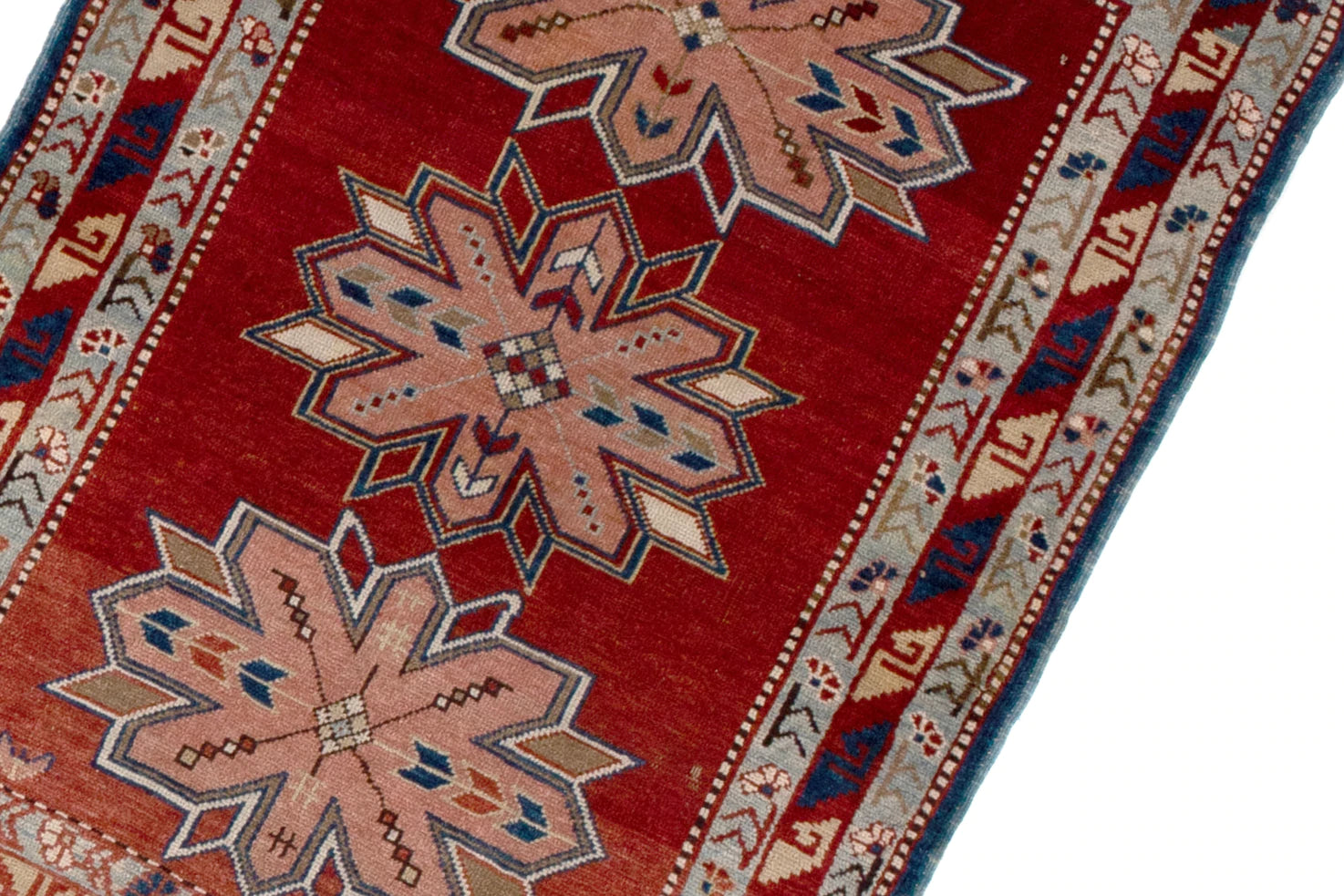How to Choose Between a Vintage and a Modern Armenian Rug
If you’re interested in Armenian rugs, you’ve come to the right place. This article will provide you with information on how to choose between a vintage rug and a modern rug. It will also provide tips for selecting the perfect rug for your home. Let’s take a look! You’ll be glad you read it! Moreover, you’ll have a better idea of the history of these beautiful rugs.
Modern Armenian Rug
The history of the Armenian rug can be traced back as far as the 4th century A.D. The early contact between Armenia and the east led to the creation of rugs with many different symbols. The ancient symbols of Armenian rugs include figs, Asoka trees, pine cones, birds, turtles, and serpents. The ancient art of Armenian rug weaving is also richly illustrated in many manuscripts, which include drawings of the carpets.
Early pieces of Armenian rugs have been found in ancient burial sites. Ancient Greek and Roman historians have made references to the art of rug weaving in Armenia. Later on, the carpets gained wide fame and were used by European artists as well. However, today, we can see that the history of the Armenian rug cannot be dated with certainty. However, this does not mean that it is not a living art form. Many people in the West still revere the Armenian rug.
Antique Armenian Rug
It is hard to imagine a more stunning carpet than an Antique Armenian rug. Armenian carpets were created in the 5th century and were used in churches and as tax payments. They have also prized booty. Large pieces of carpeting could exceed 600 square feet. Many of these carpets are now re-created today using the same materials and weaving methods. After the collapse of the Soviet Union, companies were formed to study and preserve the rug-weaving heritage. Ancient patterns were collected and coordinated for high-quality pieces.
This particular antique rug was made in Western Armenia. It features a double-cruciform motif and was woven in the early twentieth century. The coloration and luster of the vegetable-dyed wool are amazing. The pile is low and glossy, and there are scattered repairs. However, this rug is in very good condition, with scattered small repairs. The colors are vivid and it is hard to miss the double-cruciform motif on this rug.
Vintage Armenian Rug
You’ll find a rare and beautiful piece of rug artwork in a collection of vintage Armenian rugs. This particular rug is woven circa 1850. The inscription is from the Armenian church. The Karachov Kazak was woven by a Christian missionary who was also the father of about 8,000 Armenian orphans. The inscription is in Armenian. This rug features many beautiful details, such as the Christian date and small figures. This piece of art is also considered to be among the most important carpets from Armenia.
The art of weaving carpets has been part of the Armenian culture since prehistoric times. The first known rug was made by the Urartians, who were the descendants of Armenians. This piece of artwork represents the culmination of centuries of weaving. The colors are vivid even 2500 years after the rug was made. It’s important to understand the history and background of this art form to fully appreciate the beauty of a vintage Armenian rug.

